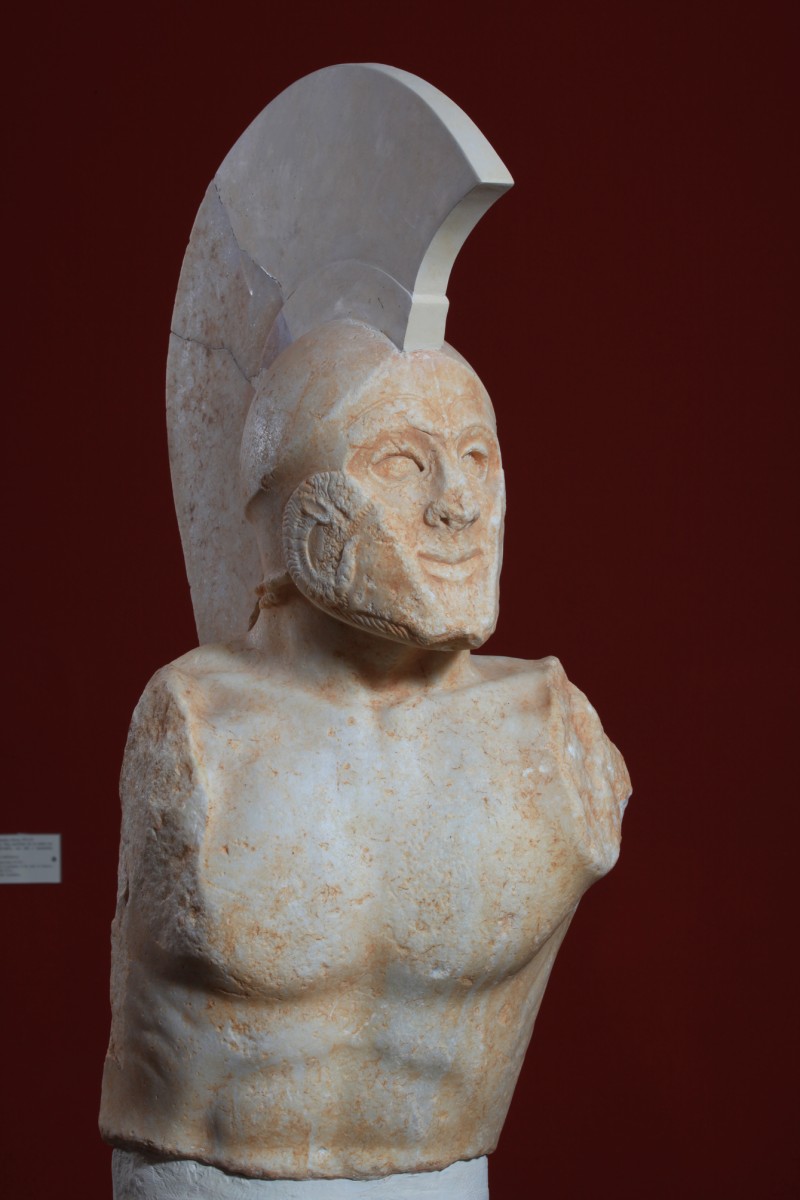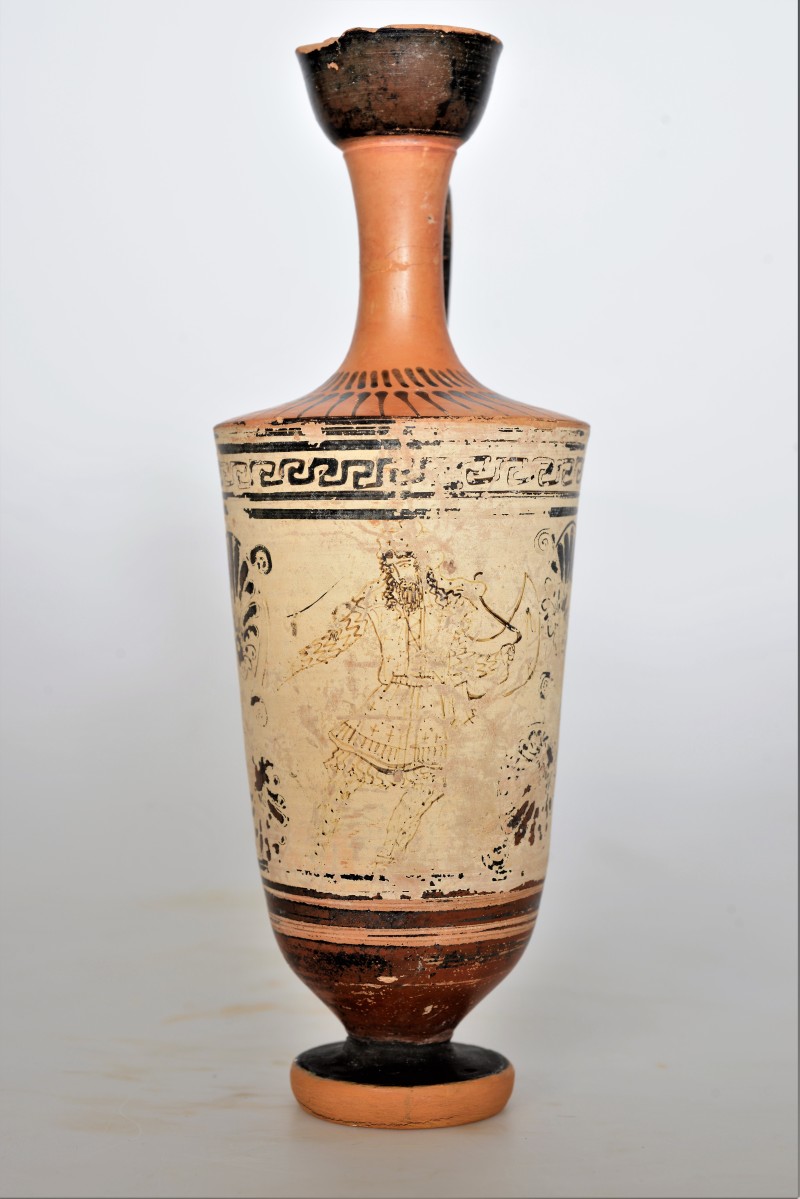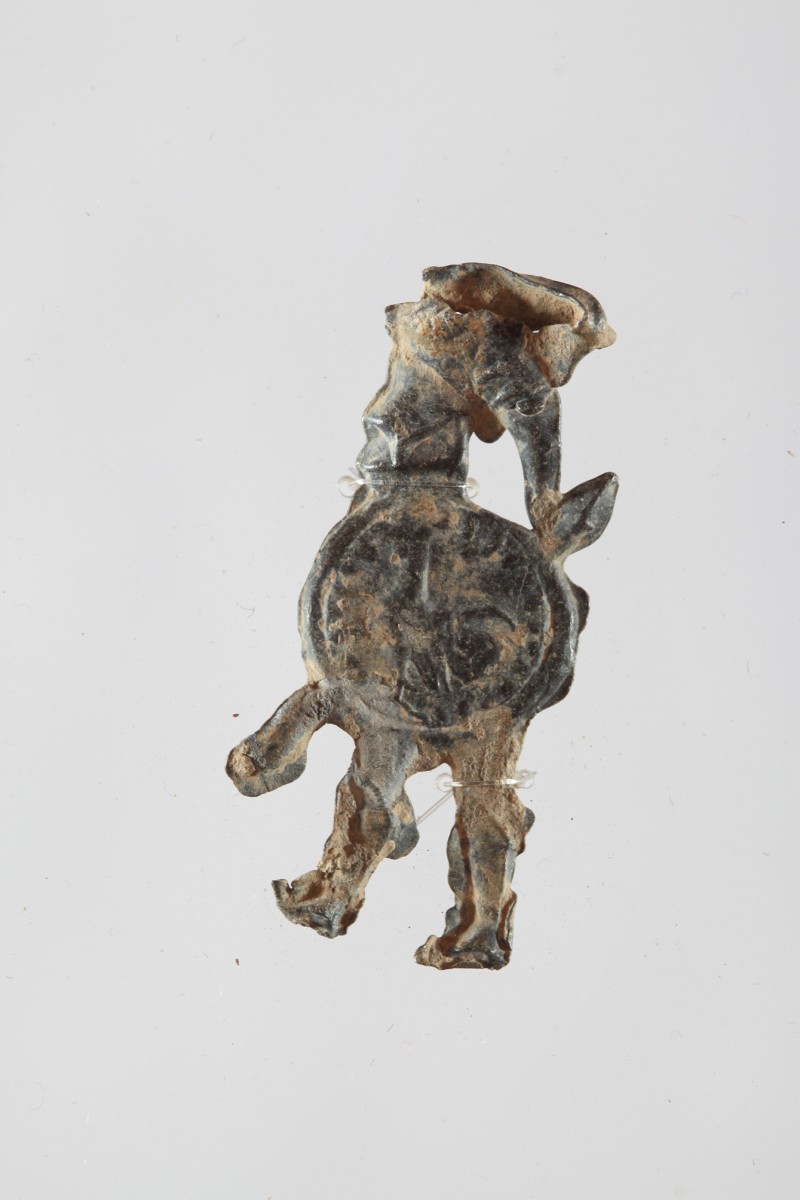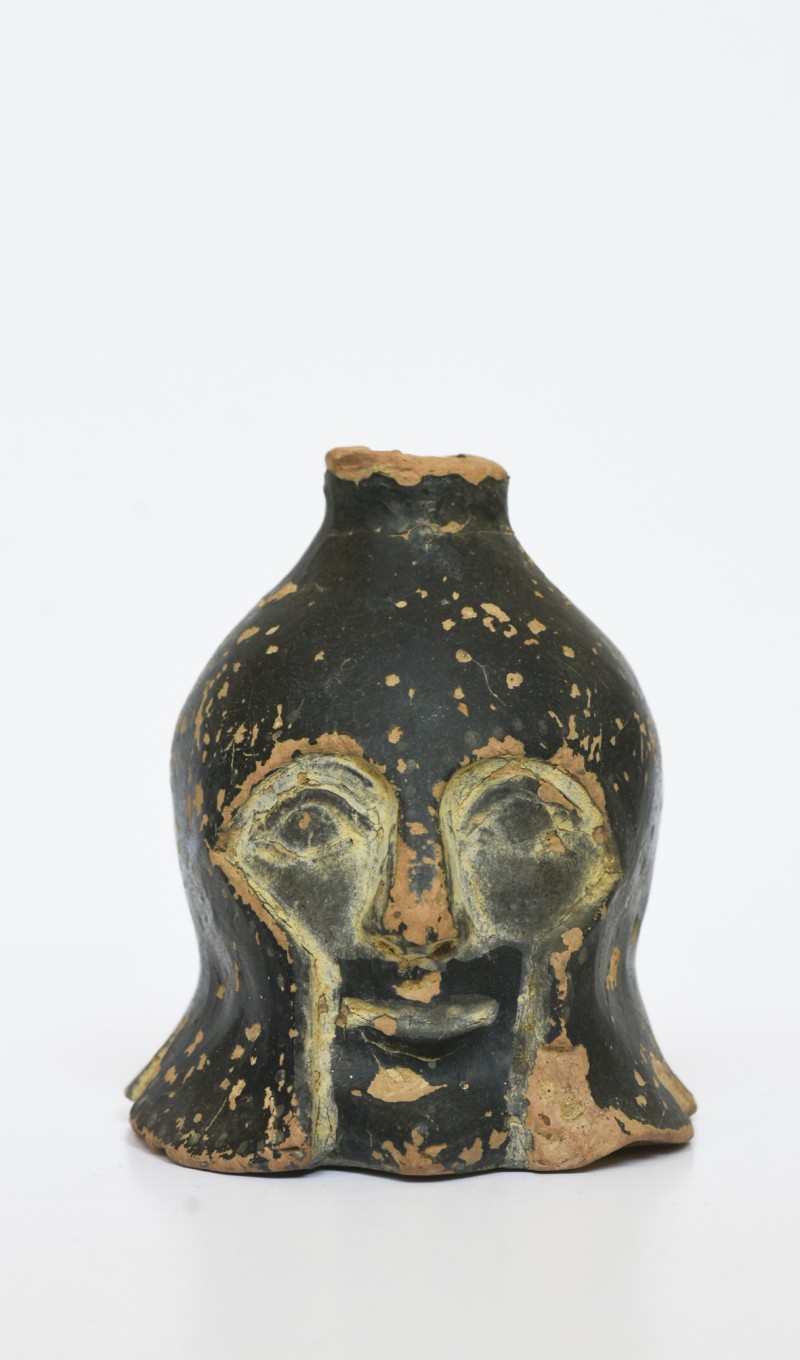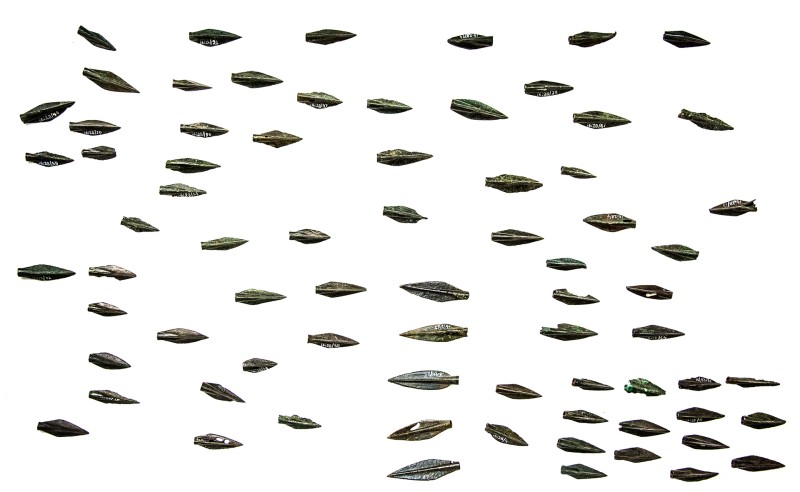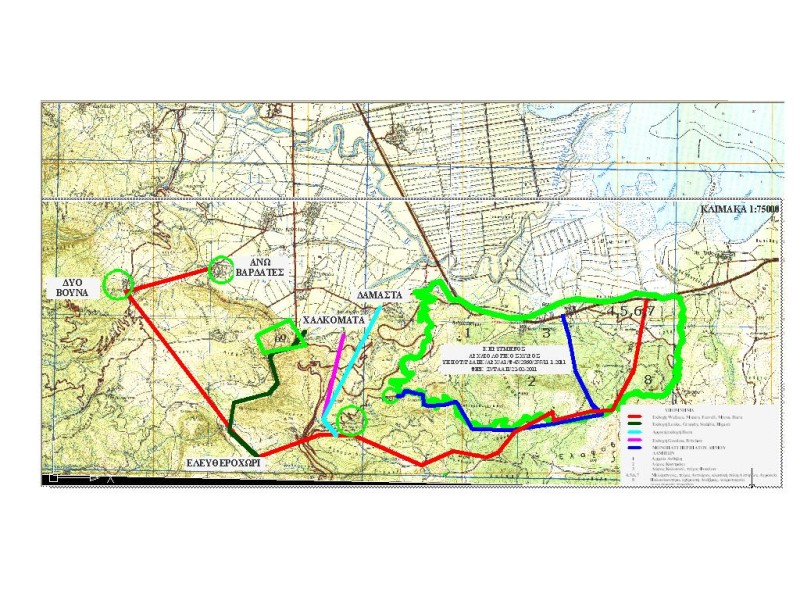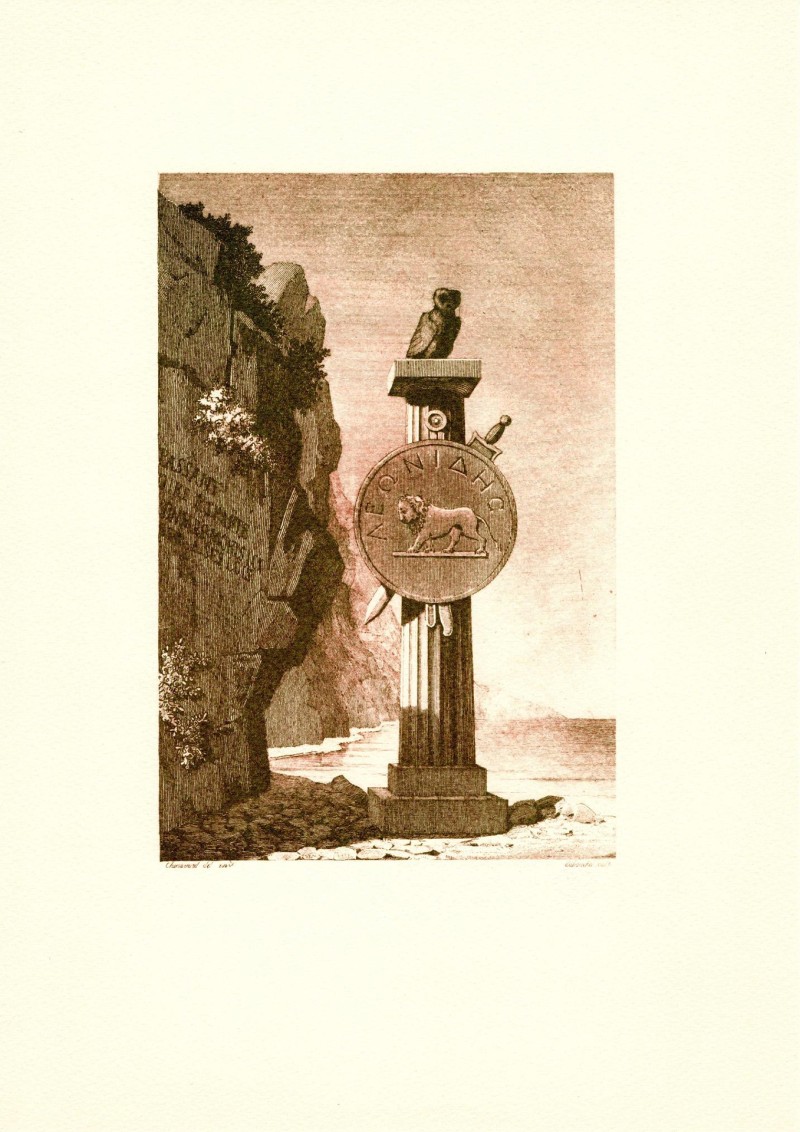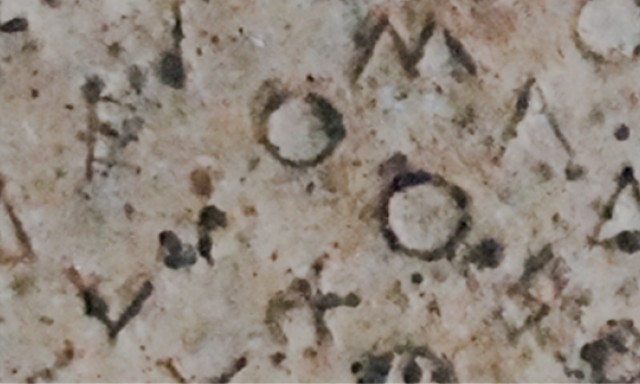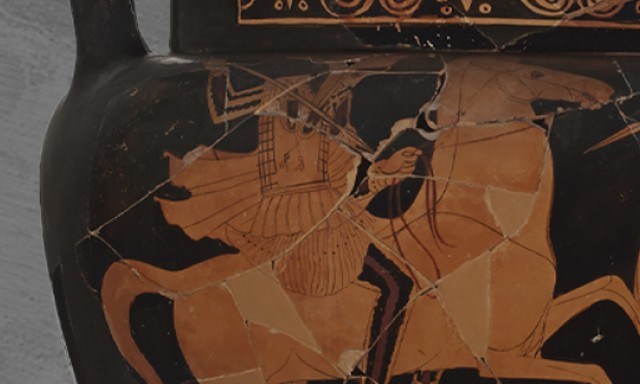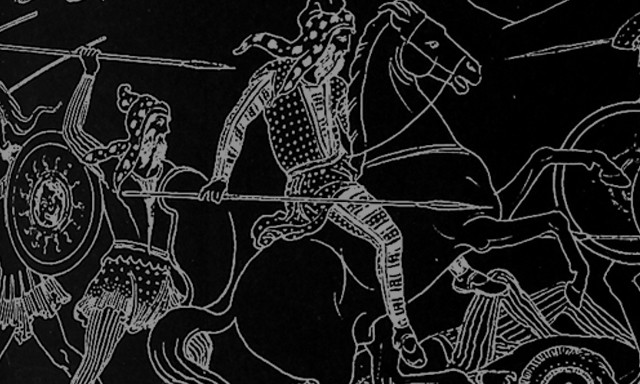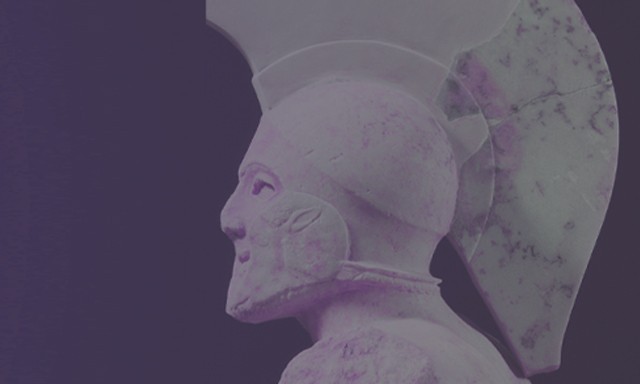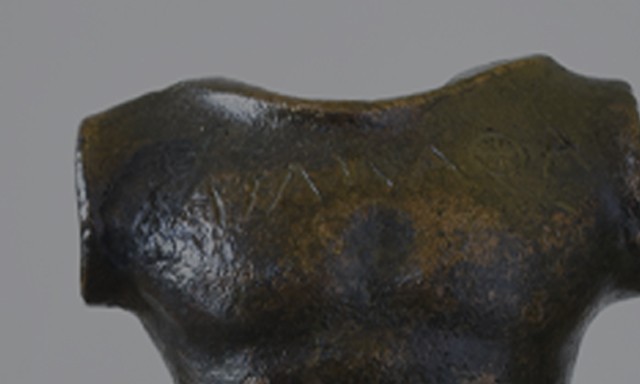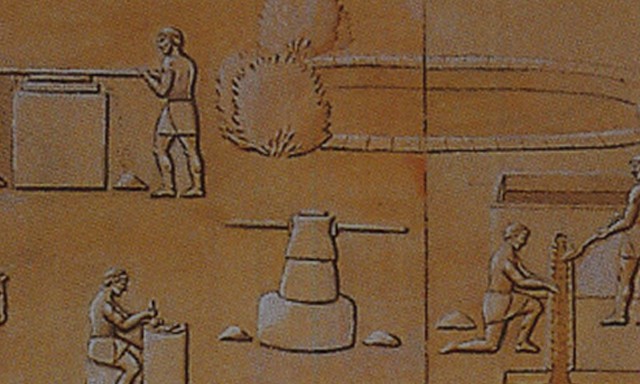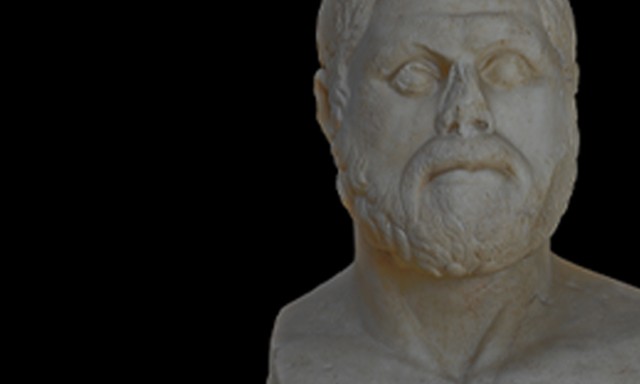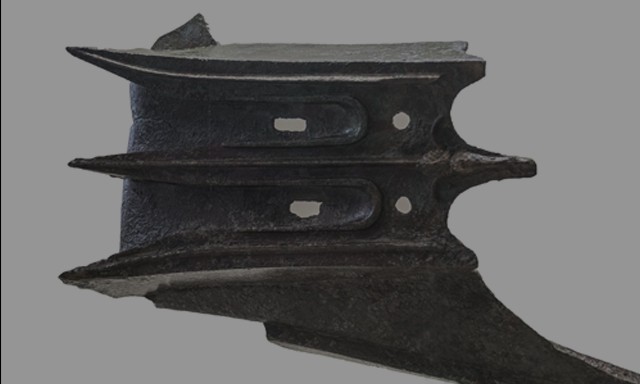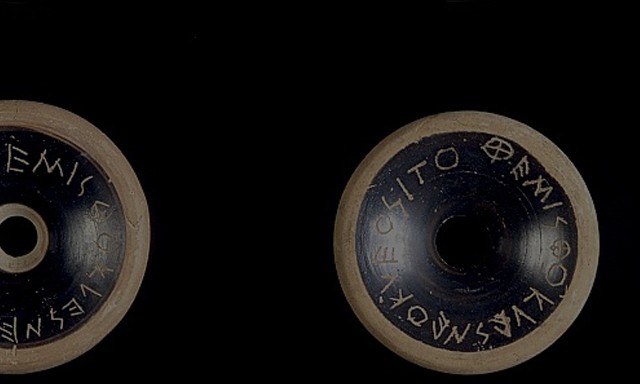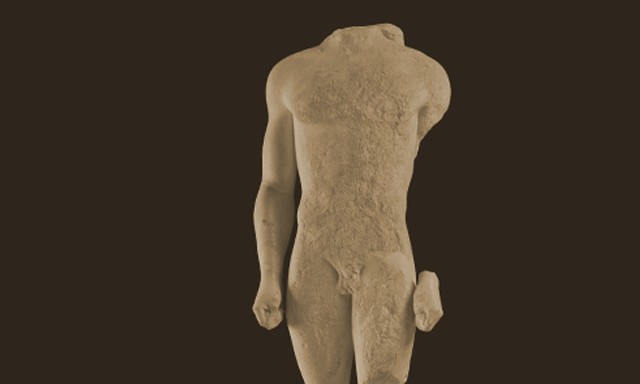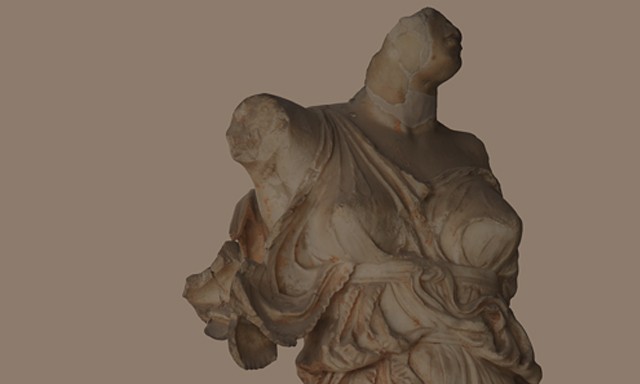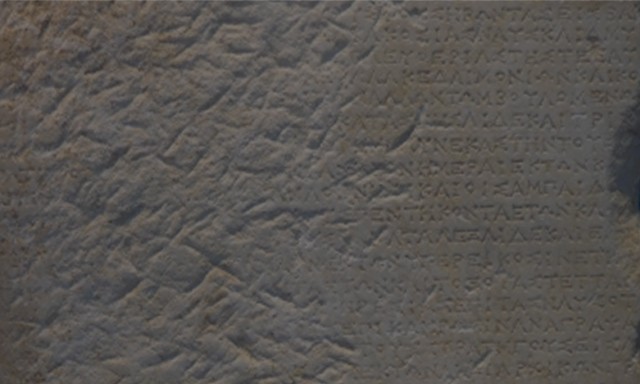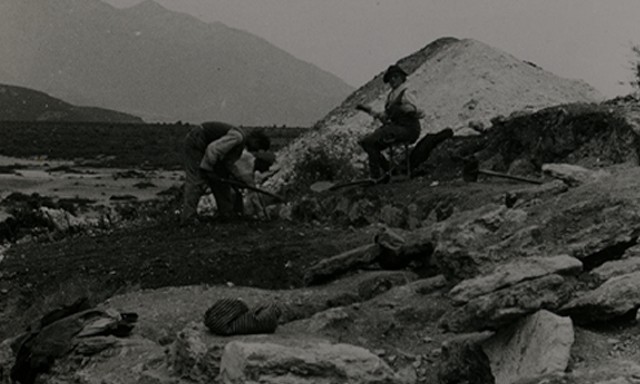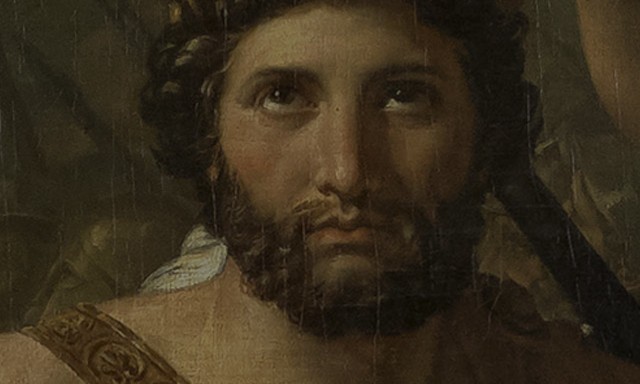CHAPTER CREDITS
“Molon lave: Come and Take them!"
Plutarch, Moralia, sayings of Spartans, 225 D, translation Frank Cole Babbit, 1931
The landscape of Thermopylae in antiquity was different than the present one. The crossing of Thermopylae was possible through a trail about nine kilometers long and up to 20 meters wide between the Malian Gulf and the steep slopes of Mount Kallidromo.
It was from there that Xerxes’ troops would pass on the summer of 480 BC, in order to head south, towards Athens and the Peloponnese. It was there that the Greeks chose to wait for them, since the narrow pass offered them the opportunity to neutralize the numerical advantage of their opponents and to prevent the deployment of their strong cavalry. Although it is not clear in the sources, modern historians estimate that the Persian army counted 70,000-300,000 men, whereas the Greek one only 7,000. Along with the army, the Greek fleet attempted to halt the advance of the enemies in the sea at the nearby location of cape Artemision, in a naval battle with what proved to be an ambivalent outcome.
The superior armament, the impeccable military training and the battle strategic plan proved to be important advantages for the Greek side. The army, led by Leonidas, king of Sparta, feinted a retreat in order to drag the Persians to the spot that was proper for counterattack. For two days the Greek side managed to hold the pass without major losses, until Ephialtes’ act of treason: he revealed to Xerxes the Anopaia path, the secret trail, so the latter could surround the Greeks. Leonidas sent away the rest of his army and defended the position until the end with 300 Spartans, 700 Thespians and 400 Thebans, thus gaining a place in history even more glorious than that of the winner.
CREDITS
DISCOVER THE EXHIBITS
Choose one of the objects of the exhibition
EXPLORE THE EXHIBITION
Choose a chapter of the Exhibition
